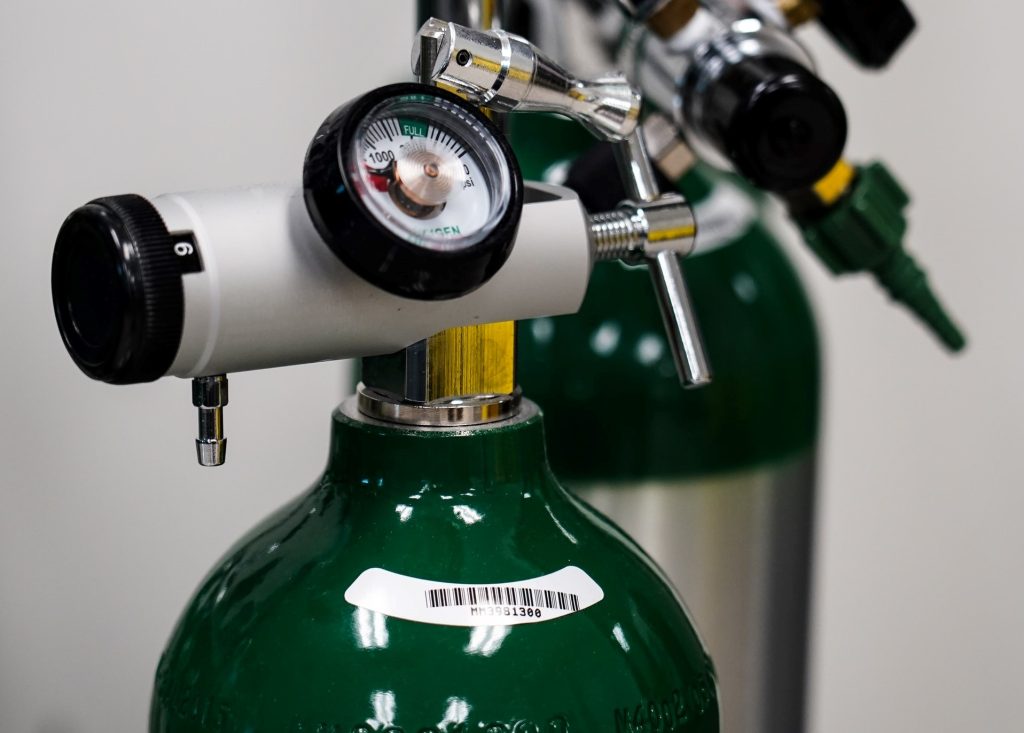Biofilms in Ventilation Tubes Make Pathogens Even More Resistant to Antibiotics

Scientists at The University of Warwick have made a breakthrough which could help find new ways to prevent ventilator-associated pneumonia, which can affect up to 40% of hospital patients on mechanical ventilators.
Ventilator-associated pneumonia (VAP) is a common infection in ventilated patients, particularly for those with existing respiratory conditions. VAP is transmitted by pathogens, often antibiotic resistant, that form stubborn biofilms on the inside of endotracheal tubes. Up to 40% of ventilated patients in intensive care wards will develop VAP, with 10% of those patients dying as a result.
In a study recently published in Microbiology, researchers recreated hospital conditions to improve understanding of the infection. They used the same type of endotracheal tubes and created a special mucus to simulate the conditions inside a human body. Bacteria and fungi formed a biofilm on these tubes.
Dr Dean Walsh, Research Fellow, University of Warwick, said: “Our study found that the biofilms in our model were different and more complex than those usually grown in standard lab conditions, making them more realistic.
“The biofilms formed in this new model were very tough to get rid of, even with strong antibiotics, much like what happens in real patients.
“Significantly, when we combined antibiotics with enzymes that break down the biofilm’s protective slime layer, the biofilms were more successfully removed than with antibiotics alone. With the enzymes, we could halve the concentration of antibiotics needed to kill the biofilms. So, that suggests we can use our model to identify new VAP treatments that attack the slime layer.”
Dr Freya Harrison, School of Life Sciences, University of Warwick, added: “VAP is a killer, and there are currently no cost-effective ways of making the tubes harder for microbes to colonise. Our new model can help scientists develop better therapies and design special tubes that prevent biofilms, which could improve the health of patients on ventilators.”
This project was part of an international research program in antimicrobial resistance that brings together colleagues at the University of Warwick with those at Monash University in Melbourne and is supported by the Monash-Warwick Alliance.
Professor Ana Traven, co-Director of the Monash-Warwick Alliance programme in emerging superbug threats, and co-author of the study, added: “It is exciting that we could join forces with our colleagues at Warwick for this important study. Many promising new anti-infectives fail because experiments done in the laboratory do not recapitulate very well the more complex infections that occur in patients. As such, the development of laboratory models that mimic disease, such as was done in this study, is important for accelerating the discovery of credible antimicrobial therapies that have a higher chance of clinical success.”
Source: Microbiology Society







